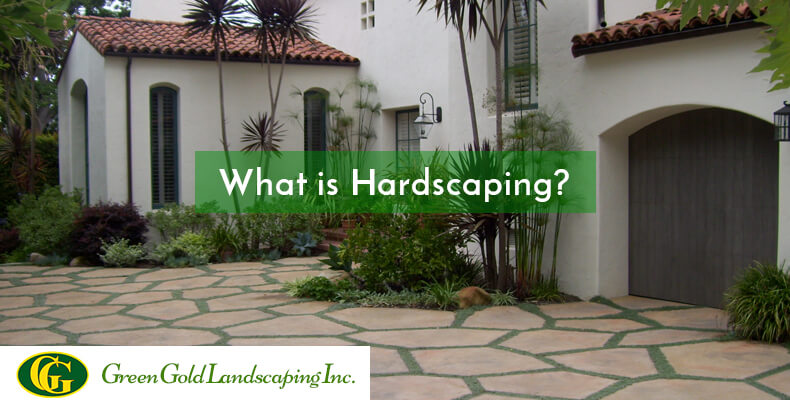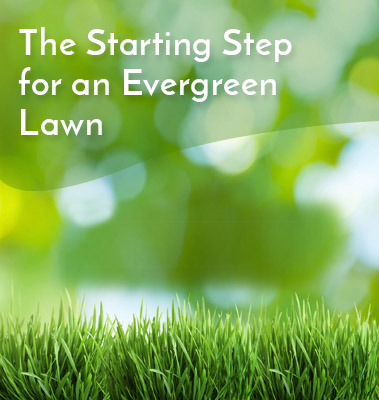28 Apr
What is Hardscaping?
Posted By Ervin in Gardening
The living aspects of the trees, shrubs, and grass in your lawn form the softscape elements. On the other hand, non-living components in your garden are called as the hardscapes. The items are fixed and stable in one place. Hardscapes add a focal point to your lawn and become the beauty of the garden.
Hardscaping is equally important to that of the plants in your lawn. Hardscapes form an interest for the guests in your yard and create aesthetic appeal to your garden. In hardscaping, you can create an outside space for serving and entertaining the guests.
Landscaping is the combination of Softscaping and Hardscaping elements. Softscapes include more trees and plants in the lawn, whereas hardscaping involves the building of structures. You cannot fill all the park with plants and trees; there should be ways and pathways to stroll around the garden. So hardscaping is also an essential element in the landscaping process.
Overview of Hardscaping Design
If you are planning to design hardscaping in your lawn, consider these points before actually starting the actual work.
1. Consider the surroundings :
Consider the exterior grounds and surrounding walls before the designing. The designs must be complimenting the surrounding area. Also, see that the installing elements do not disturb the walls and other exterior items. If possible, don’t install features that might prevent installing others in the future. Always have a detailed plan of the work to be done in the garden.
2. Drainage :
Plan your drainage thoroughly before installing the hardscapes in the lawn. Be sure that the structure does not block the drainage system and restrict the water flow.
3. Respect the nature :
Do not disturb the beauty of nature by adding unnecessary structures in your lawn. Avoid straight lines in the pathways. Always ensure that the patios or the paths are curved. The curve pathways look graceful. Straight paths seem odd and institutional. A walkway around a water feature must be like a gentle arc or meander in a long S-shape.
4. Choosing the Materials :
Be careful while selecting the materials for designing your structures. Use the materials that blend well with the building exteriors. If possible, you can go for a variety of textures, depending on the area available.
5. The Foundation :
Just like your house, the structures need foundations and be careful in laying the foundations.
Standard Hardscaping Materials to be Used
1. Concrete :
One of the most used materials for hardscapes. One of the main advantages is that the concrete can be used for designing many shapes with more textures. You can use it for building walls or pathways. The main disadvantage in concrete is that it holds most of the heat and possibility of cracks is more often.
2. Pavers :
Pavers are also concrete structures made of different shapes, designs and patterns. Pavers can be installed on the pathways and as an added design for the pools. The main disadvantage is that paves are costly.
3. Stones :
Stones are the most used material for hardscaping. Stones or pebbles can be used for making the pathway or the walkways in the garden. There are also stones with different textures and colors. You can use the stones according to the house background.
4. Bricks :
In the present generation, bricks are not only used for creating walls; they are used for making pathways also. The main advantage of blocks is that they are easy to clean and easy to maintain. The main disadvantage of bricks is that you should have the correct number of bricks needed for the construction of the structure.
5. Composite Decking and Wood materials :
Wooden materials are used for designing your yards. In the same pattern composite decking materials are also used. Composite decking is the material made of wood fiber and waste materials.
6. Tiles :
Tiles are seen as an indoor decoration item, but tiles can be used for hardscaping design. Tiles are mostly made of ceramic or other materials. The main disadvantage of tiles is that the tile surface becomes slippery in the rain.
7. Other Materials :
Loose materials like gravel, sand, mulch, and small sized stones. Because hardscaping includes the stable elements in your landscape design, this would also mean that loose materials are among the Hardscapes materials you can make use.
Some Examples of Hardscapes
- Stone Retaining Walls
- Concrete, Brick, Flagstone and Tile Patios
- Pathways and Walkways
- Wooden Fences
- Wooden Decks
Water Structures :
- Stone Fountains
- Ceramic Fountains
- Clay Pot Fountains
Advantages of Hardscapes in your Garden
- As Hardscapes are non-living, they do not need water, mowing and other gardening process is required.
- Adds texture and depth to your lawn, giving a visual treat to the visitors.
- Pathways constructed give the scope of accessing the whole garden.
- A porch or patio with seating can bring your indoor to the outdoors.
- Reduce the problem of erosion.
- Increase the value of the property.
- Despite the weather conditions, the hardscapes stand in their place permanently.
Conclusion
Only Professional hardscaping contractors will know how to construct hardscapes and the materials required for a hardscaping project. Green Gold Landscaping Inc is Professional Lawn care and landscaping company which has 10+ years of experience in doing Softscape and Hardscaping jobs in and around Westchester County, NY. Contact us for a Free Estimate or to get more details Call us at 914-882-5459 today!









